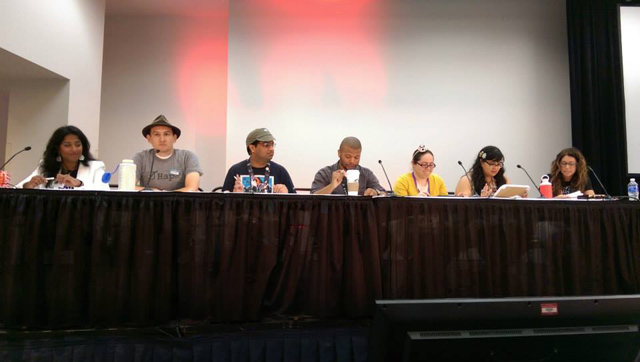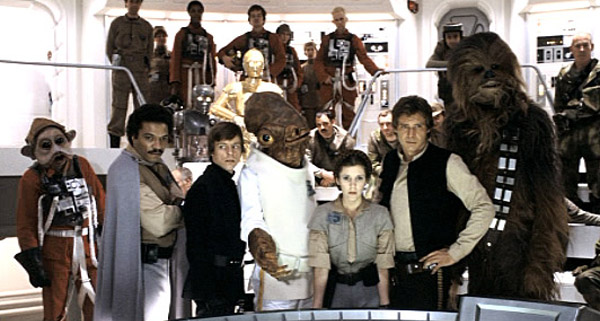
With the dawn of the sequel trilogy less than a year away, 2015 has been a year of relitigation: new and old segments of Star Wars fandom, maybe even subconsciously, attempting to settle old scores and nail down our history one way or another so what we might all move forward together into whatever the hell The Force Awakens ends up being.
Most recently, this could be seen in last month’s brouhaha over two “Slave Leia” stories: first, a parent taking issue with the character’s presence in the toy aisle, where she was discovered by his young daughter. Then, just a couple days later, the new issue of GQ magazine featured a cover and photo spread with Amy Schumer involving the slave bikini, the droids, and pretty much exactly what you’d expect. Some people loved it, some were offended, and some (hi) just found it boring.
That was a couple weeks ago and people are still talking about Slave—excuse me, Huttslayer Leia and whether that scene was good, bad, or just plain unnecessary. For my money, Tricia Barr covered all the right bases and then some. But way before Leia ended up in the news again, 2015 began with the relitigation of, perhaps, an even more controversial element of Star Wars: the death of Padmé in Revenge of the Sith. Read More

 While I read Servants of the Empire: Edge of the Galaxy in preparation for my
While I read Servants of the Empire: Edge of the Galaxy in preparation for my 

